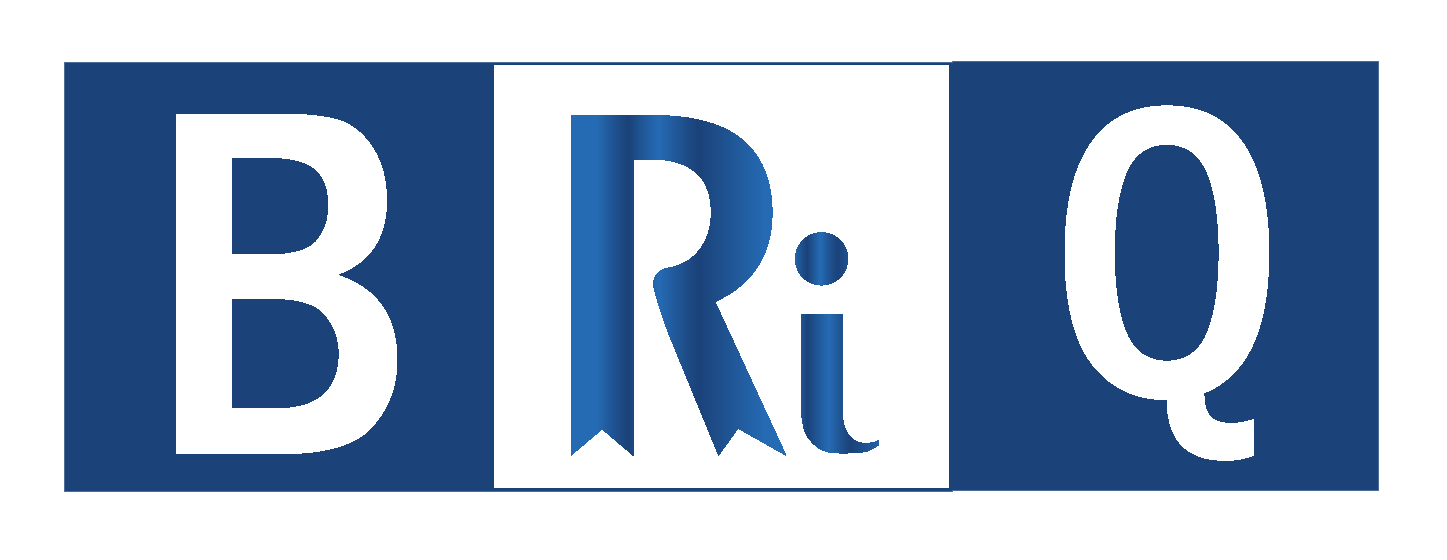Sushil Bhatia, Director BRiQ MSS
In a conventional set up of an organization, (service or manufacturing), the quality audits are employed as a tool to find gaps between what/how needs to be done and what/how it is being done. Of course, the relations between the inputs, outputs, resources etc have already been defined.
As defined in” ISO 19011:2011—Guidelines for Auditing Management Systems”, an audit is a “systematic, independent and documented process for obtaining audit evidence [records, statements of fact or other information which are relevant and verifiable] and evaluating it objectively to determine the extent to which the audit criteria [set of policies, procedures or requirements] are fulfilled.” Several audit methods may be employed to achieve the audit purpose.
When Quality Audit Systems are utilized for internal audit purpose, they can be categorized under First Party Audit. In this case, the audit outcomes are considered as important information for the top management regarding the extent to which the policies and procedures are being complied with within the company, and also any issues which require facilitation by management for allocation of resources, policy decisions etc.
Today, the organizations are looking at optimum utilization of resources, as right kind of resources are becoming increasingly scarce and costly, if not precious. At times, the definition of the resource itself becomes the USP of an organization. For example, in the field of civil aviation, the companies have coined the word “On Time Performance: OTP” to gauge their performance.
Given the actual scenario of an internal quality audit, most of the time, the companies restrict the scope of audits to gauge mere compliance/ conformance to policies and procedures. Let’s get to the basics of it. An auditor unearths the so called “gap” in a process during an internal audit. In that, he finds that instead of raw material A, the process is using material B, which is not complying with the procedures, and hence the auditor records it as a gap. The question is “why this gap between A and B” is to be unearthed by Auditor, and could not be unearthed by the process owner himself? Is it by chance or by default?
I fully endorse the principle that the role of independent Audit Department cannot be dispensed away with in any organization. However, the question is about the nature of gaps and quantity. Agreed that a newly incepted organization would have lots of gaps in the beginning, but should mature after some time. After it has stabilized, however, do you actually require an “outsider” to tell you where the gap in your procedure is? To my view, a process
owner is supposed to be master of his field of work. In this context, I would say that an auditor is being utilized to unearth what that process owner is not doing what he is supposed to do.
Now, here is the dichotomy. Organization practices optimum utilization of resources and approves of multi-tasking. However, in this context, I would say, once “mundane” under control, synergies of the auditor can be diverted to value addition work.
PERFORMANCE Vs COMPLIANCE/CONFORMANCE
The compliance/conformance to the regulators’ requirements and company policies is in no way less important, especially in the world of civil aviation, where the companies have to comply with international laws also, apart from domestic ones. However, in current times, the purpose of these audits must go beyond traditional compliance and conformance audits. The audits that determine compliance and conformance are not focused on good or poor performance. An organization may be in compliance with all policies and procedures, but may be a poor performer when we talk in organizational context.
In view of the above, it is mandatory that all process owners be held more responsible towards number of gaps that they leave in their processes, to be discovered later by auditors. This way, the auditors would have more resources to divert to more value-adding activity, rather than encountering “mundane” gaps aplenty, which can be tackled by careful process owners.
EMPOWERMENT OF QUALITY TEAM
No organization can progress far without investing into the human resources. An auditor needs to be trained in correct auditing techniques, and needs to be groomed by the experienced Lead Auditor to see “through” the things during audit. In a similar manner, to do a performance audit, the team needs to be properly and adequately trained in the quality tools.
A good organization utilizes a combination of quality tools at appropriate occasions. The team needs to be encouraged to think quality, and all resources, including quality journals; books etc need to be adequately made available. The team needs to be trained in tools, like Kaizen, 5S, Six Sigma, Lean etc.
HANDS ON PROJECTS
Almost none of the institutes offer real world hands-on projects to the participants. In this scenario, the organization must have a project in mind, while building up the quality teams, so that principles learnt in theory can be practiced in the organization itself. In fact, it would be continuous exercise on the part of the company to build up the skills in the hierarchy. For example, in case of Six Sigma, the company would have many green and yellow belts, few Black belts, under Master BB and a mentor.
(THIS ARTICLE WAS PUBLISHED BY AUTHOR IN THE QUARTERLY MAGAZINE “QUALITY INDIA” PUBLISHED BY QCI, IN THEIR MAR 2018 EDITION)

